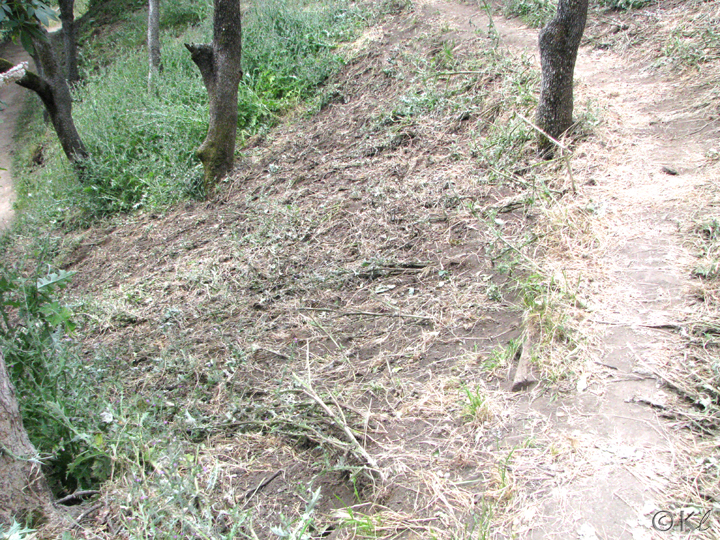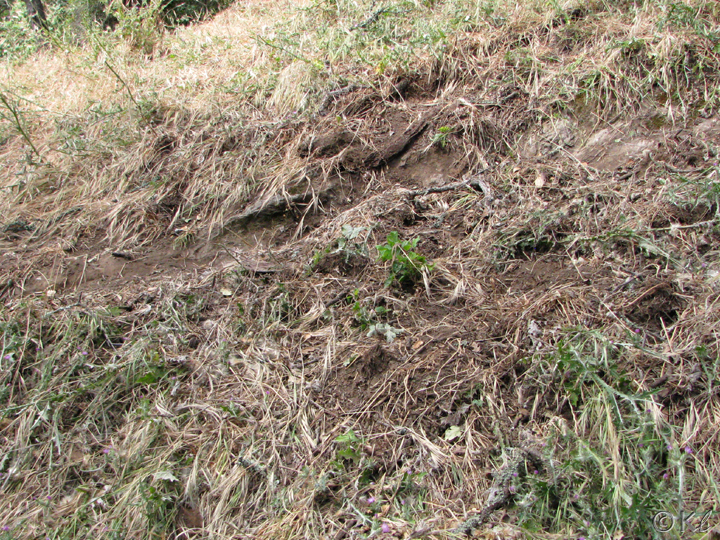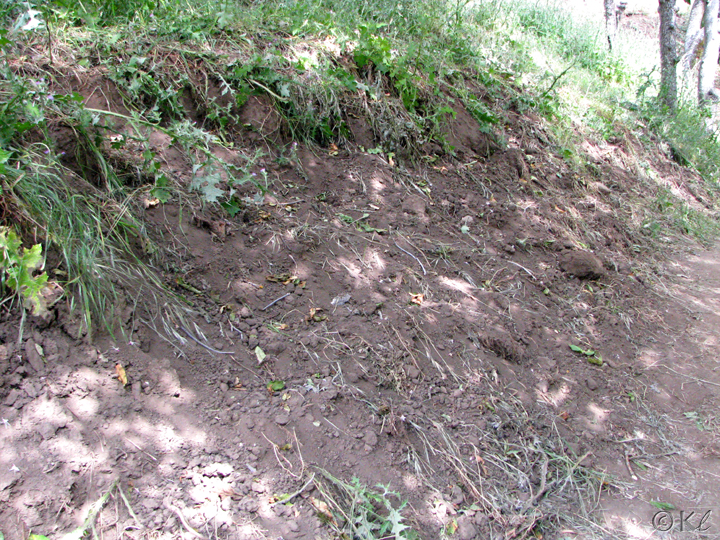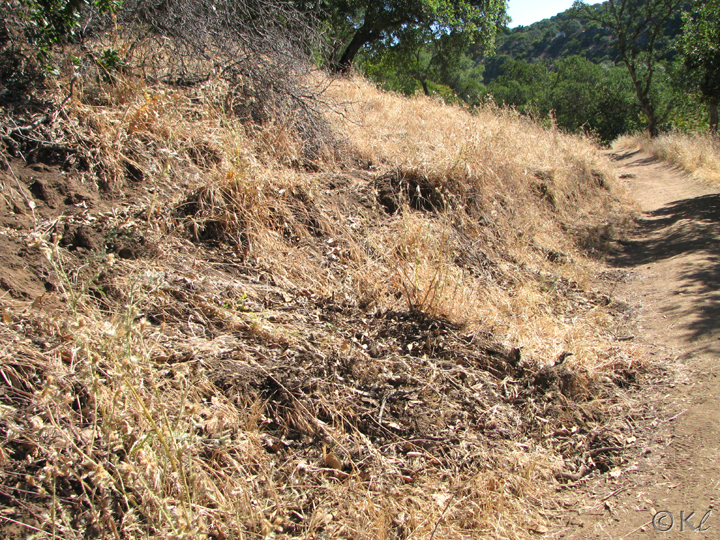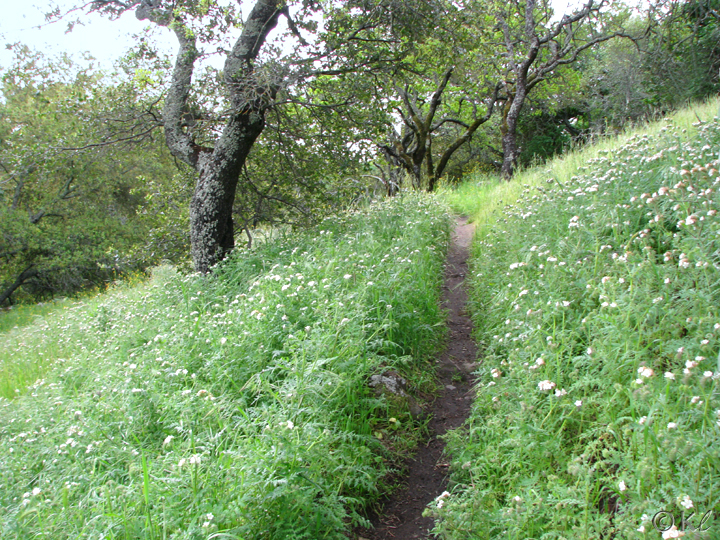
Mammals - Grazing Damage





|
Both sheep and cows are brought into the park to "reduce fuel load"--meaning that they eat grasses and other brush that could fuel a fire. However, studies show that reducing fuels through cutting and grazing is often based on the misconception that oak woodlands and chaparral areas build up too much brush if left on their own, leaving them more vulnerable to fires. But any wildland will burn under the right conditions, and we are experiencing those conditions more frequently. In addition, clearing and grazing aid in the propagation of non-natives, which are more likely to burn. Unfortunately, we have allowed development to the perimeters of the park. Are we now going to sacrifice the native environment of the park to protect those new neighborhoods?
An alternative to destroying wildlands through cutting and grazing is a bill introduced in the California State Legislature (August 2018) which would help homeowners living near wildlands to retrofit and upgrade their homes to "fire harden" them. Fire-resistant roofing, ember resistant vents, and even external sprinkler systems are more effective at stopping fires than "defensible space" around one's home. My hope is that we can stop the encroachment of invasives and other non-natives in the park by curtailing or eliminating cutting and grazing for the purpose of fuel-load reduction.
Below are some photos that highlight the damage from grazing. It should be noted that grazing animals are also a vector for bringing invasive seeds, etc, into the park.
An alternative to destroying wildlands through cutting and grazing is a bill introduced in the California State Legislature (August 2018) which would help homeowners living near wildlands to retrofit and upgrade their homes to "fire harden" them. Fire-resistant roofing, ember resistant vents, and even external sprinkler systems are more effective at stopping fires than "defensible space" around one's home. My hope is that we can stop the encroachment of invasives and other non-natives in the park by curtailing or eliminating cutting and grazing for the purpose of fuel-load reduction.
Below are some photos that highlight the damage from grazing. It should be noted that grazing animals are also a vector for bringing invasive seeds, etc, into the park.

